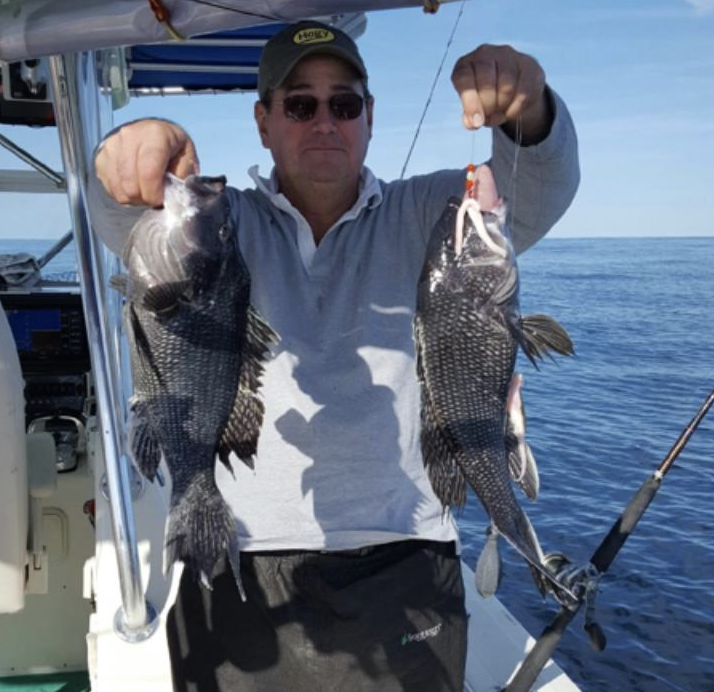Sharrow Prop Case History
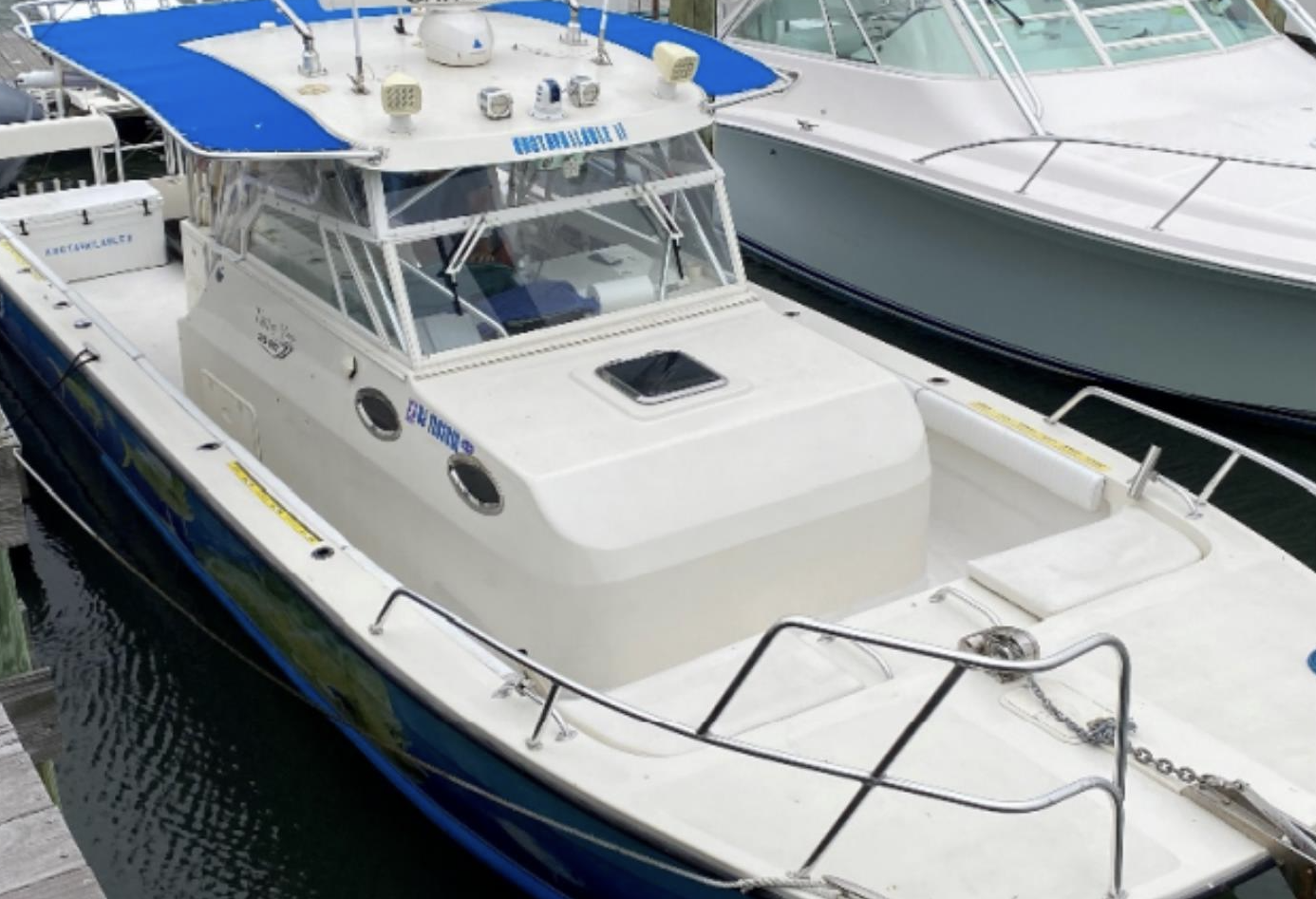
Dr. Jon Abboud, the pastor of St. Mathews Reformed Episcopal Church in Haverford, PA, had long been a keen angler. He started fishing offshore in head boats, later graduating to his own boat. One of the boats he owned was a 32 Twin Vee. He told us that after owning and fishing offshore with this boat he wanted a larger walkaround boat with a cuddy, so he could stay out overnight with a buddy.
In 2015, he ended up buying a used 2009 Twin Vee 36. So, for the last seven years he has been fishing for most everything from flounder to tuna, both inshore and out to the canyons.
“We fish from May to December off Cape May NJ,” Abboud told us when we talked to him just before Christmas. “Inshore for Drum, Striped Bass, and flounder; on the mid-range lumps for Tuna and wahoo.
Offshore we fish the Wilmington and Baltimore Canyons mostly for tuna, swordfish and tile. A lot of those trips coming back trolling and chunking. And, we make a couple of trips a year for black sea bass on the wrecks about 40 miles offshore. We sometimes go as far as Washington Canyon.”
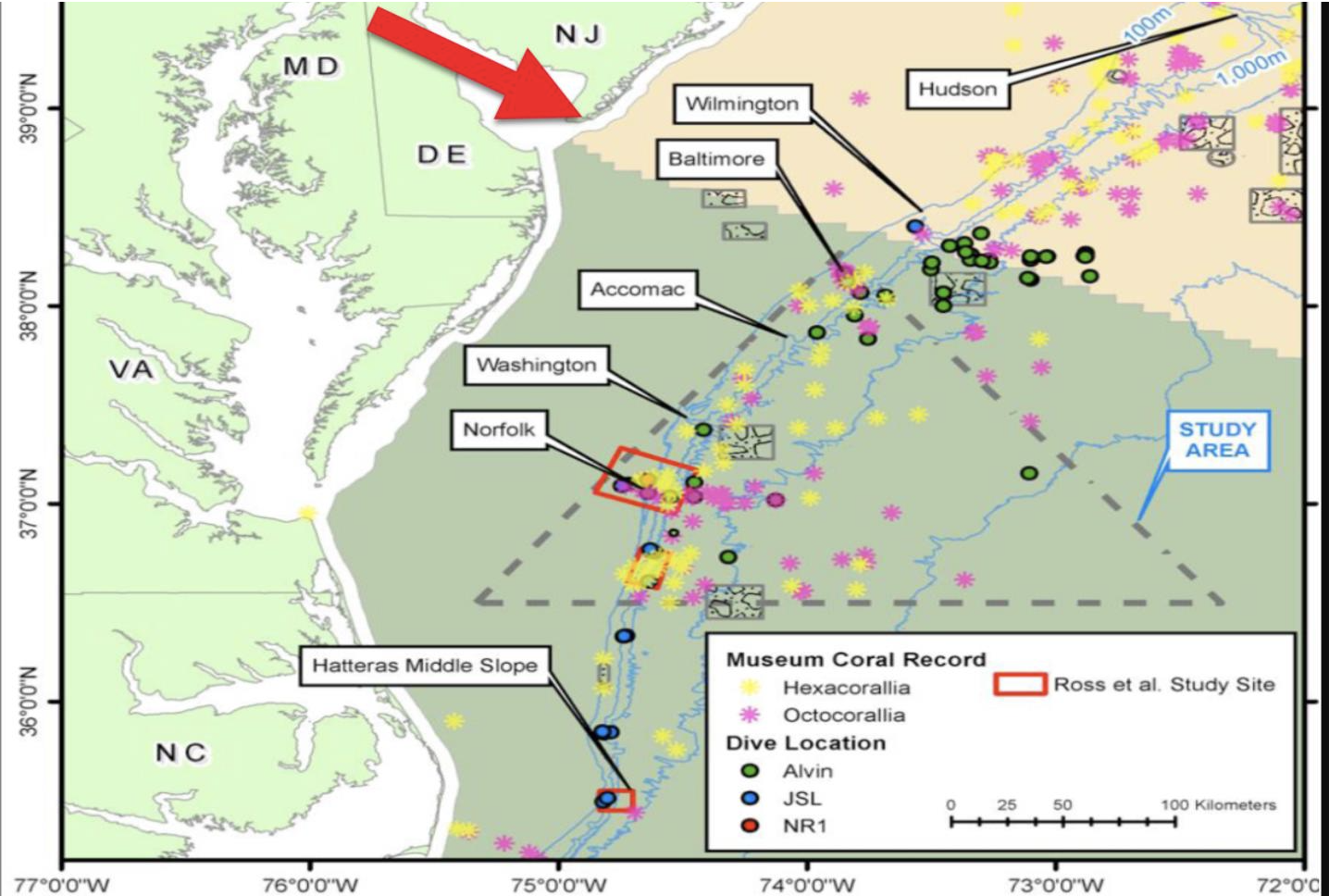
Fishing the Canyons
The 2009 Twin Vee 36 has a fuel capacity of 340 gallons (1258 L). A trip far offshore for anyone in a small vessel is an exercise in planning to make sure there is enough fuel capacity for the speed and distance planned. This is the kind of thing most boaters figure out on the back of a handy envelope.
Virtually every professional when planning a trip offshore reserves 10% of their fuel capacity as a safety measure. When reserving 10% of the 340 gal. tank, 90% equals 306 gal., which captain Abboud naturally rounded off to 300 gal. (1110 L), to keep the math simple.
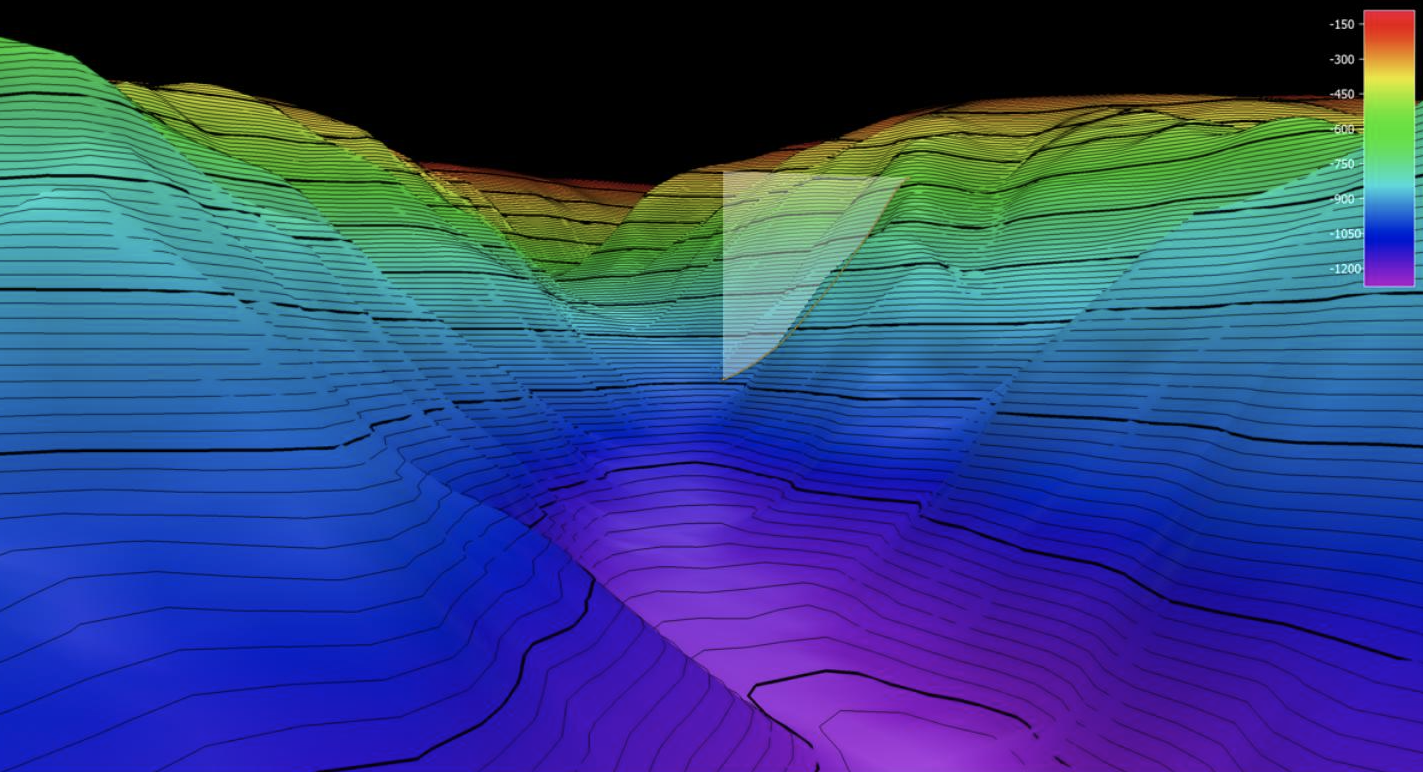
Boat owner Abboud told us that he would typically run out at from 15 to 23 knots, depending on the conditions offshore. My cruise speed at 15 knots was 3500 RPM,” Abboud said.
At that speed the trip out to Washington Canyon would take over 6 hours. At 23 knots it would be 4 hours 20 minutes in good conditions. This is one of the reasons that he more often fished Wilmington or Baltimore canyons, which were closer to Cape May, 85.1 and 80 nmiles, respectively.

Speed vs. RPM
“With my old props I had to run the boat at 4500 rpm to 5000 RPM in order to achieve 23 to 27 knots,” Abboud said. At those speeds he was burning from 29 to 40 gallons (107-148 L) per hour. Given the usual conditions offshore, that was as fast as he could comfortably travel, he said.
But, the trouble with going 27 knots was that he had to throttle the engines to 5000 RPM, just 600 RPM from their wide-open throttle limit. At 4500 RPM, the Twin Vee would travel at 23 knots.
Another thing bothered Abboud: He didn’t like having to rev the engines so high to attain a decent speed. Not only was it noisy and burn a lot of fuel, he knew it also wasn’t good for the engines to run at the high RPM hour after hour.
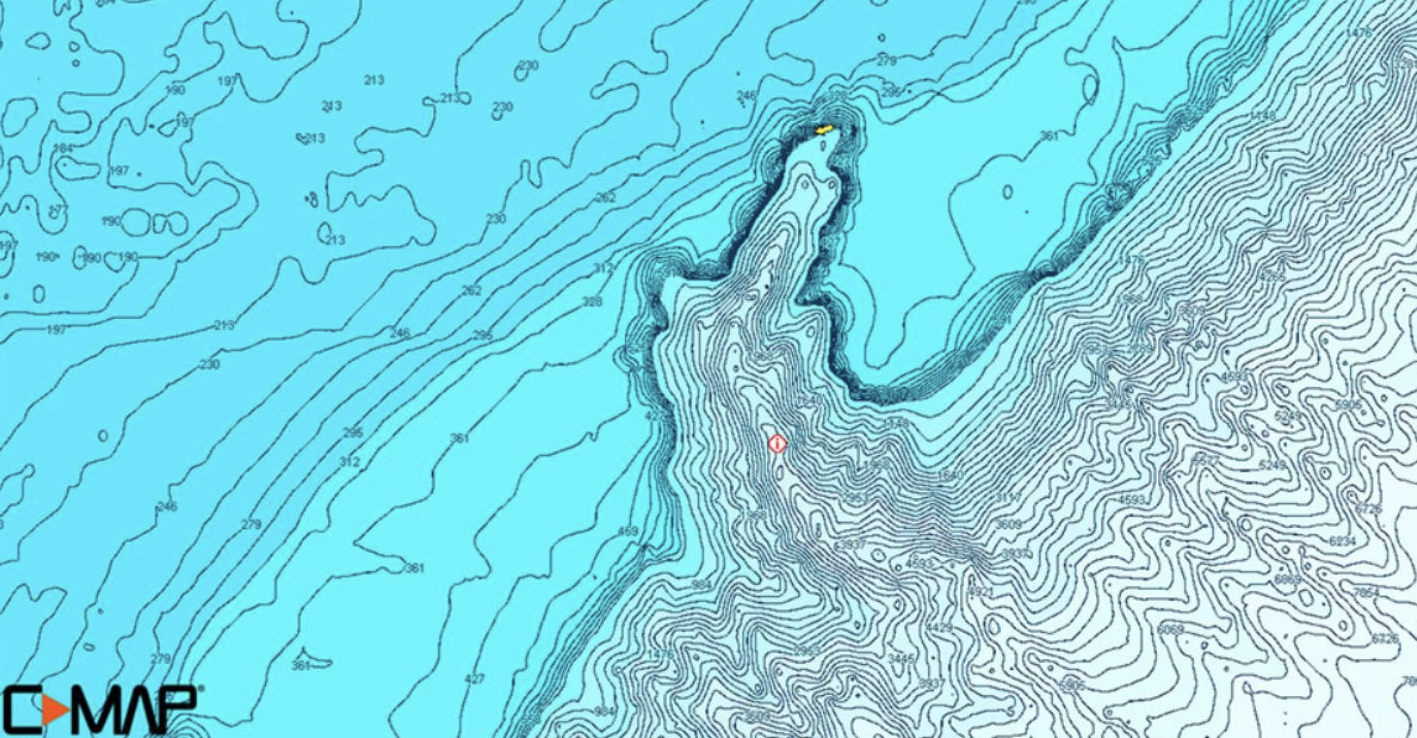
Wilmington Canyon would take only 3 hours 42 minutes at 23 knots in good conditions to reach, burning 217 (792 L) gallons round trip, leaving 92 (340 L) gallons for trolling. Abboud says he normally trolls at from 4 to 7 knots, burning from 3 to 4.3 gph.
But often, including his last two trips, he told us, the seas would be sloppy with the wind and tide on the nose. In such conditions seas would be short and steep, and fuel consumption could be expected to be even more per hour.
Re-Place, Re-Power or Re-Power?
“I just wanted to be able to go faster and burn less fuel in the mid RPM range,” Abboud told us.
To replace the Twin Vee 36 would have been an expensive proposition. Besides, Abboud liked his boat. It was a cuddy, and by throwing some bean-bag seats in the cockpit, he and his fishing buddy could sleep on the boat overnight and drift over the canyons and be up before dawn and get their lines wet again.
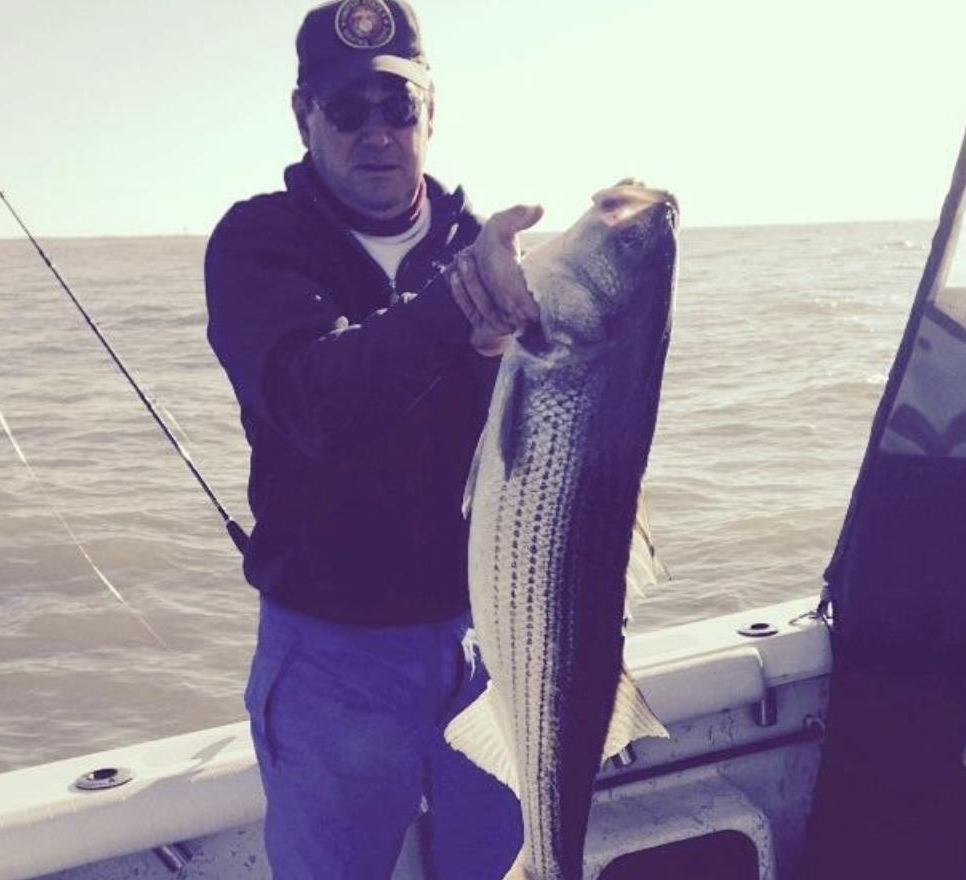
Repower: But there was a less expensive way to make the Twin Vee 36 perform better, and that was to repower with twin 350-hp engines. The Suzuki 350s which have dual props, could probably do a very good job of it.
Not only would the extra horsepower help, but Suzuki’s dual props do a far better job of transferring the engines’ torque to the water than single props because they have so much more blade area. Indeed, that’s why the twin Yamaha 300s were fitted with 4-blade props, instead of 3-blade ones, in the first place.
A pair of Suzuki 350s would cost about $27,000 each, $54k for the pair.
The Third Alternative – New Technology
When faced with the cost of a new 350-hp engine, it was worth gambling on the new prop technology – a.k.a. Sharrow props. At $5,000 apiece they are not cheap, put compared to the price of a new boat, or new engines, they were a relative low-cost gamble – if they worked. But, given Sharrow Marine’s “30-day satisfaction guarantee on all orders,” it really wasn’t so much of a gamble after all.

Testing the Twin Vee 36
Sharrow Marine sent one of its techs down to Cape May to test Jon Abboud’s boat with both his conventional props and the new Sharrow Props to record the boat’s performance. The charts on this page are Sharrow Marine’s numbers, which were confirmed in conversations by the boat’s owner, Jon Abboud.
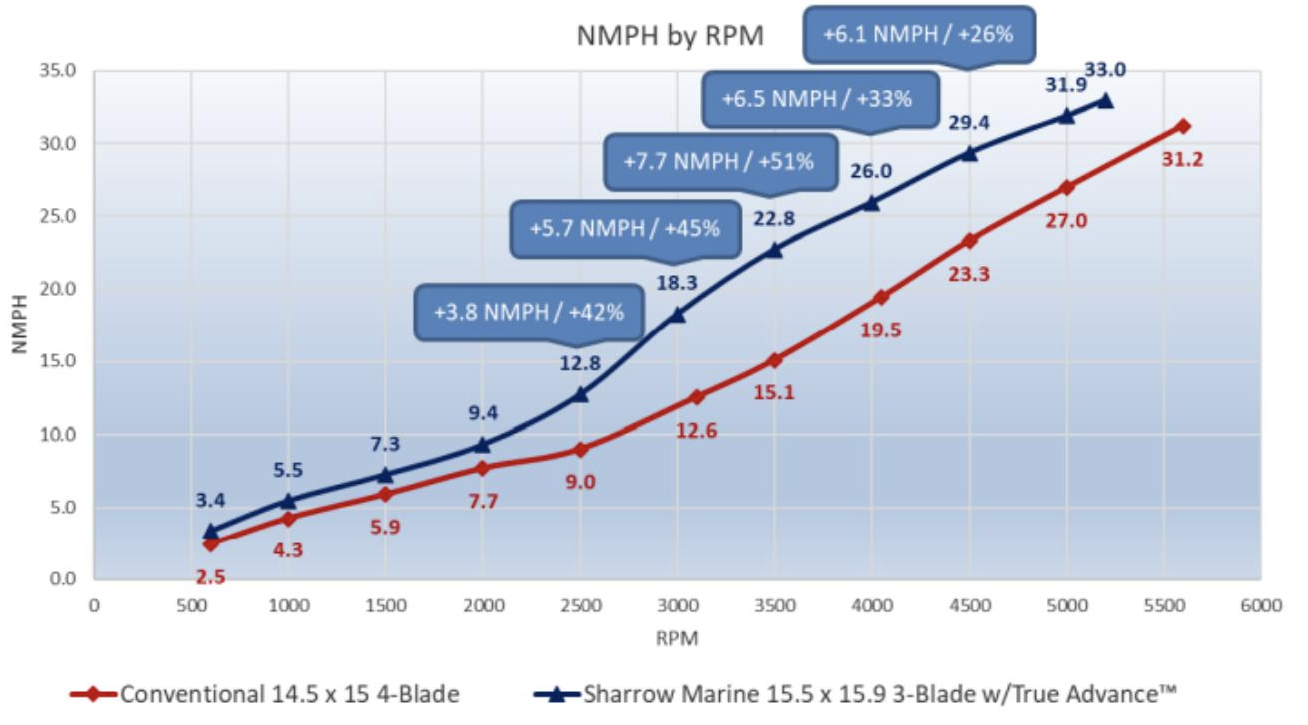
The chart above illustrates why Abboud was not happy with his boat’s mid-range performance. With his conventional 14.5 x 15 4-blade props, from 3500 to 4000 RPM -- where most people like to operate their boats -- his vessel would only travel from 15.1 to 19.5 knots in ideal conditions.
Further, if he traveled higher speeds, he would have to run the engines at 4500 to 5000 RPM which would burn 30 to 40 gal. (111-148 L) per hour. Neither option was satisfactory for Abboud.
Advantage Sharrow
The Sharrow props fitted were 15.5 x 15.9 3-blade props. As can be seen on the “Speed vs RPM” chart on this page, the Sharrow props produced the same speed as the conventional props at 1000 RPM less. And, when looking at the “GPH vs. Speed” chart, the engines with Sharrow props burned from 25 to 27% less fuel between 23 and 27 knots. This is a remarkable improvement.
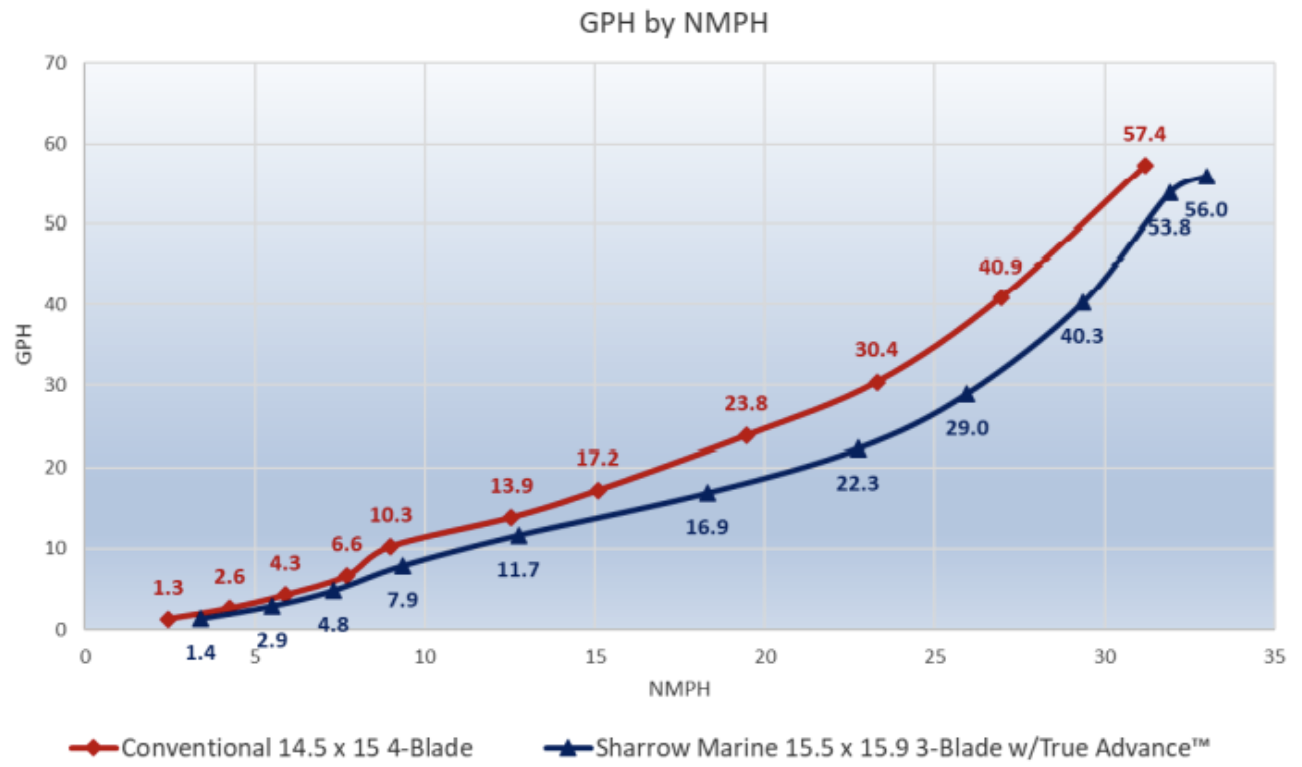
That meant Pastor Jon Abboud can get out to the fishing grounds faster with Sharrow props, and then stay out longer.
The Pastor and His Props
When we called Pastor Abboud just prior to Christmas, his busiest time of the year, he was kind enough to spent 30 minutes with us talking about how much he liked his Sharrow props.
Here is some of what he said - “I’m very happy with the sharrow props. My performance has improved, especially in the mid-range. Whereas my previous cruise speed was 15 knots at 3500 rpm, it is now 20 knots or better at 3500 rpm. Fuel consumption is also improved.
“A recent round trip of 50 nautical miles, including trolling for striped bass burned only 43 gallons of fuel. With the old props I would have burned at least 55.”
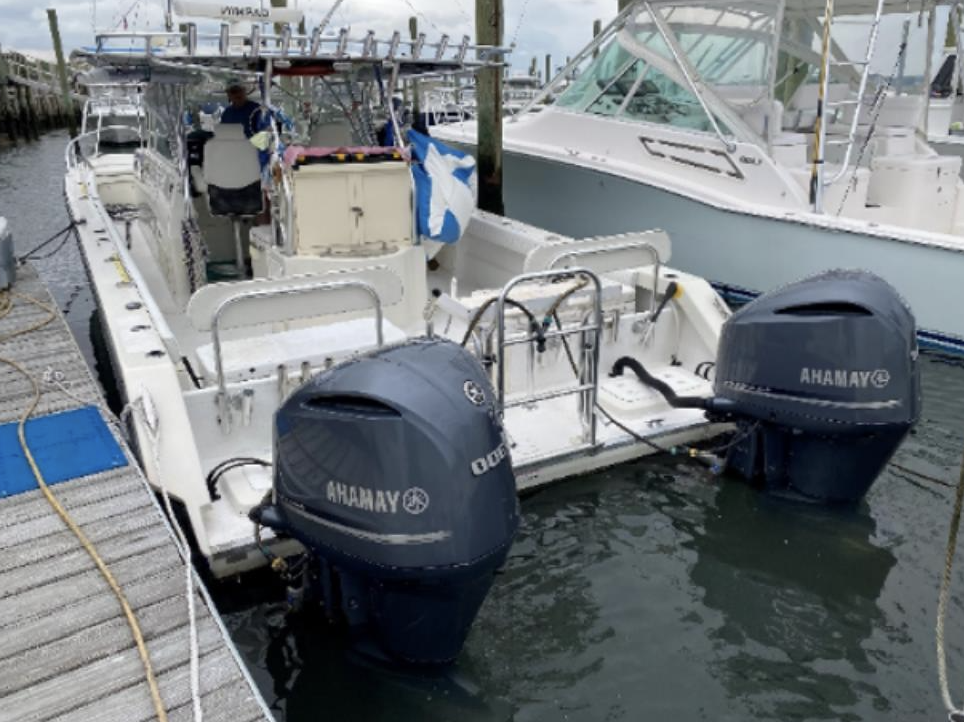
Better Handling
Abboud continued: “The props hold the water better than any I have ever run. Even when it’s rough with short, high chop they don’t break out. I get no cavitation. They are quieter, and more responsive at slow speed. The wake is flatter and is also quieter when trolling.
“With the old props I regularly ran the boat at 4500 rpm to 5000 RPM to cruise at 20 to 25 knots. Since putting the Sharrow props on in the spring I have not run more than 4000 rpm. There is less fuel burned and less vibration and wear and tear on the motors,” he said.
The pastor went on to say without prompting, “I would say in every area they are an improvement. Customer service from the company is excellent. I do not work for Sharrow. Nor am I compensated by the company. I am just a satisfied customer.”
